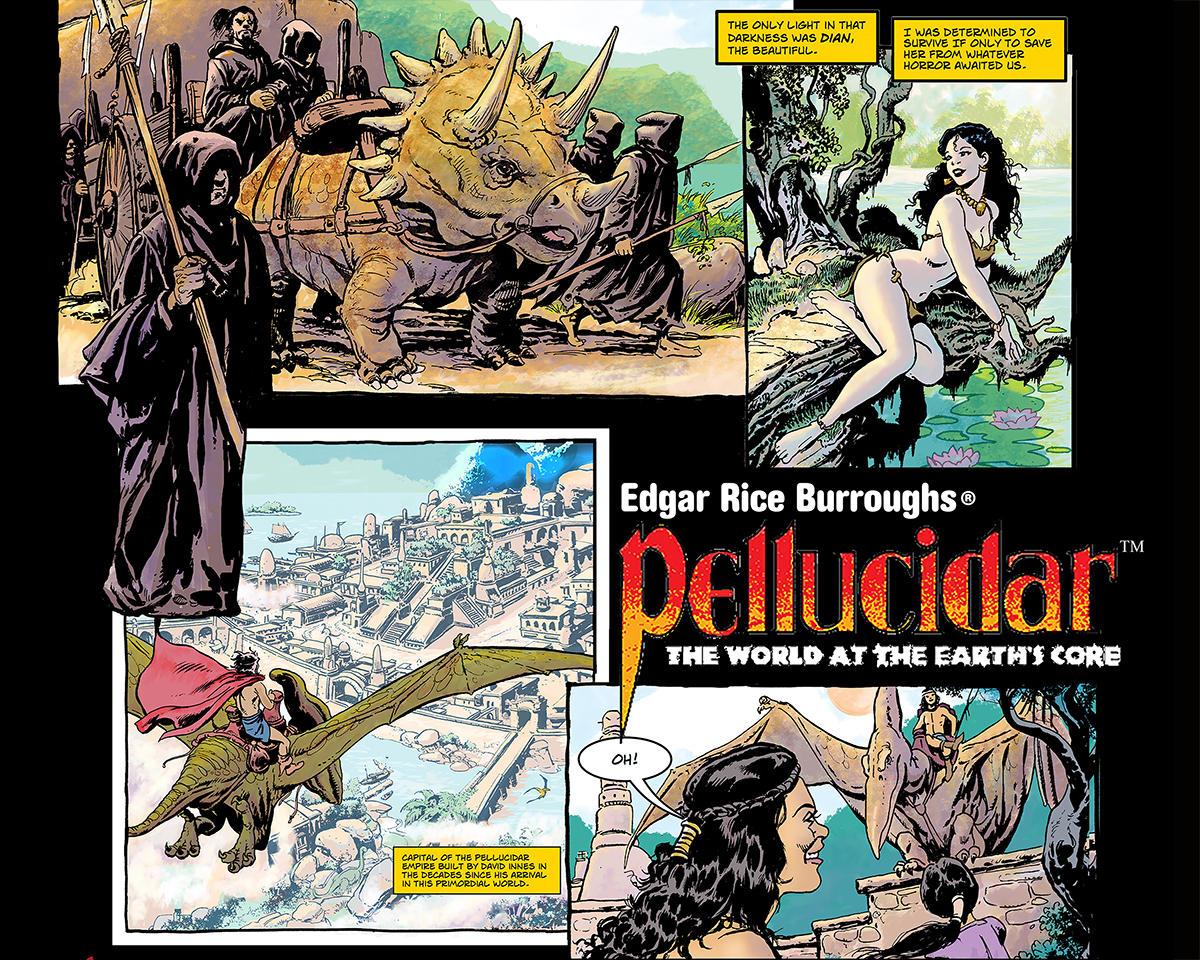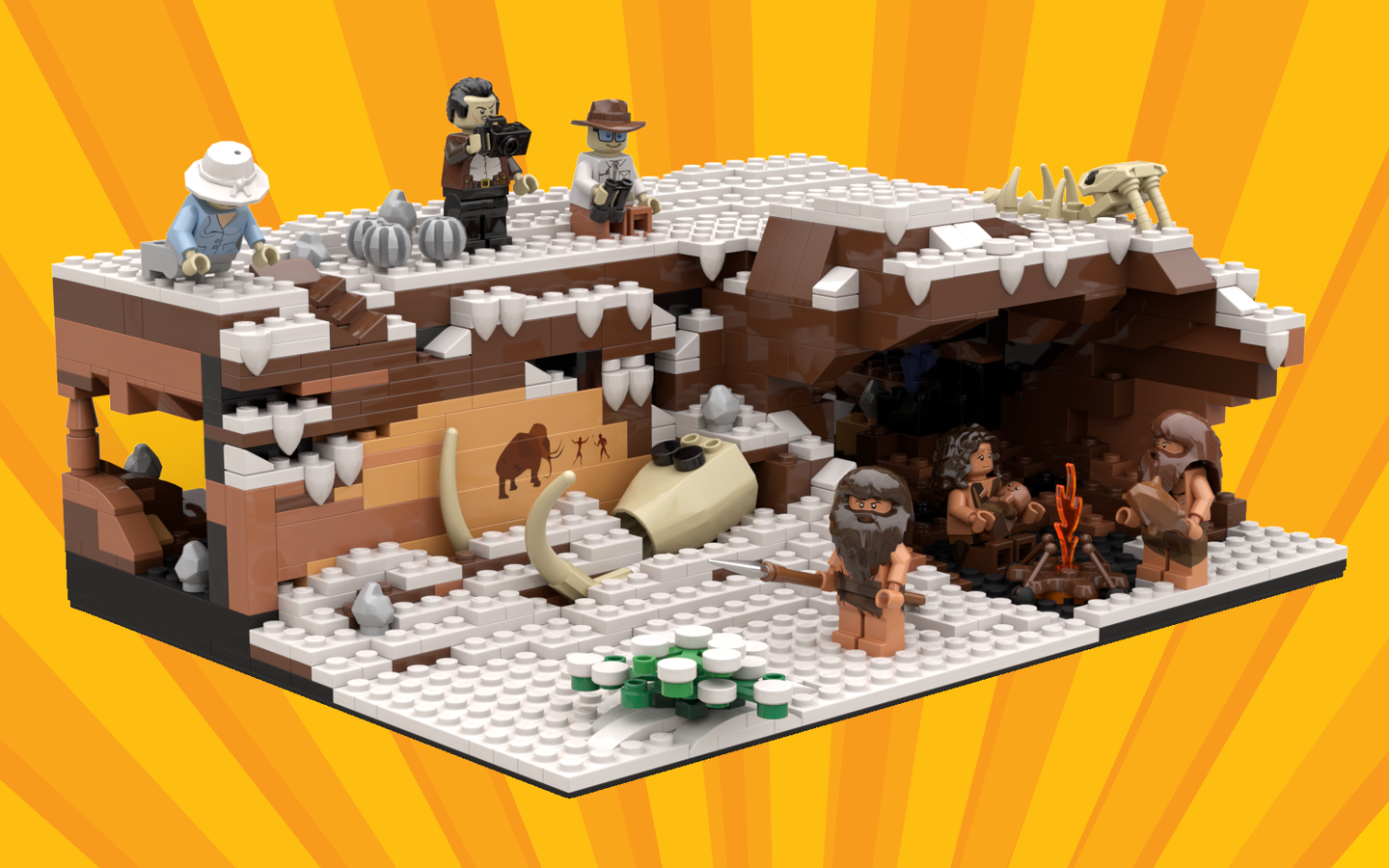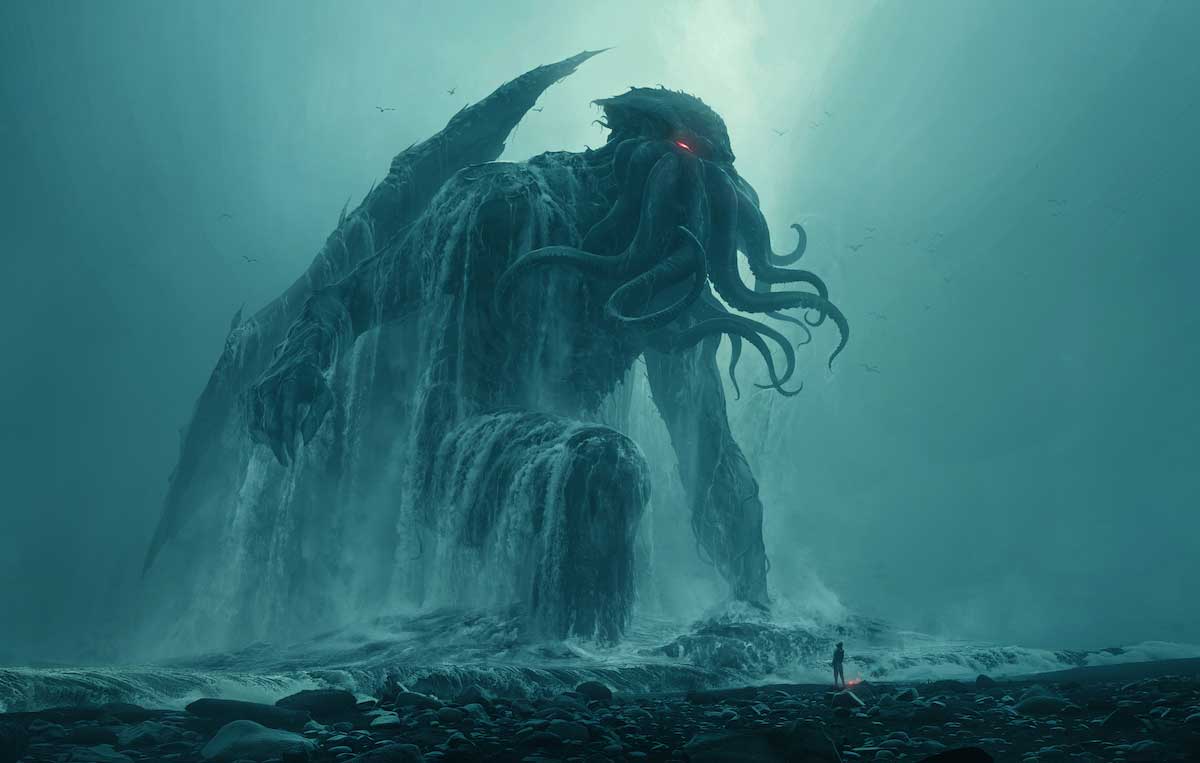- Joined
- Jan 17, 2010
- Messages
- 4,530
- Reaction score
- 5,492
The landscape has likely been buried beneath the ice for up to 34 million years.
By Julia Jacobo
October 24, 2023
Global warming could reveal an ancient river landscape that has been preserved underneath the East Antarctic Ice Sheet for million of years, according to a new study.
While a massive ice retreat on the continent has not yet touched the ancient landscape, that may change in the future with projected climate warming according to the paper, published Tuesday in Nature Communications.

Ice has been present in Antarctica for about 34 million years, but before then the continent was comparatively warm, with a climate similar to modern-day southern South America, such as the Patagonia region in Argentina and Chile, says Stewart Jamieson, author of the study and who researches ice sheet behavior, long-term and landscape evolution at Durham University in the U.K. There is evidence that at one point, there was tropical vegetation, including palm trees, in Antarctica, Jamieson told ABC News.
Scientists recently discovered a large river-carved landscape in Antarctica that existed during that time, located in the Aurora-Schmidt basins inland of the Denman and Totten glaciers. The river would have drained out from the middle of the continent toward the coast between 34 million to 60 million years ago, at a time when other modern-day continents like Australia and India would have been separating away from Antarctica and the Gondwana supercontinent, Jamieson said.

The landscape, estimated to have been buried beneath the ice shelf for between 14 million to 34 million years, was found by using satellites and ice-penetrating radar.
Researchers knew a lot about the topography underneath the ice sheet prior to the development of this technique by flying planes equipped with radar to see the shape of the landscape underneath, Jamieson said. However, the planes can't fly everywhere, so there were large gaps in between where the planes have flown and have taken measurements, he noted.
The landscape consists of three river-carved upland blocks separated by deep troughs, which are only about 217 miles from the ice sheet edge, according to the study. These blocks were shaped prior to glaciation, when rivers crossed the region to a coastline that had opened up during the breakup of the Gondwana supercontinent.

As Antarctica began to cool slightly, small glaciers grew in the river valleys, Jamieson said. But then a large cooling event occurred, leading to the expansion of the growth of East Antarctica Ice Sheet, which grew to cover the whole continent, burying the river landscape beneath it, Jamieson said.
"When that happens, it's basically like switching on a freezer for our little landscape, and it kind of freezes it in time," Jamieson said.
The breakup of the Gondwana supercontinent also caused valleys to be formed between the upland blocks, before the uplands became glaciated, the researchers said.

While western Antarctica has experienced the most melting on the continent -- especially the so-called "Doomsday Glacier" that could raise sea levels by 10 feet if melted completely, the ice shelf located in east Antarctica contains the equivalent of 60 meters -- or nearly 200 feet -- of sea level rise, according to the study.
It may be too late to prevent significant melting in west Antarctica, even with the most ambitious mitigation efforts, according to a study released earlier this month.
https://abcnews.go.com/Internationa...dscape-hidden-beneath-east/story?id=104221028
By Julia Jacobo
October 24, 2023
Global warming could reveal an ancient river landscape that has been preserved underneath the East Antarctic Ice Sheet for million of years, according to a new study.
While a massive ice retreat on the continent has not yet touched the ancient landscape, that may change in the future with projected climate warming according to the paper, published Tuesday in Nature Communications.

Ice has been present in Antarctica for about 34 million years, but before then the continent was comparatively warm, with a climate similar to modern-day southern South America, such as the Patagonia region in Argentina and Chile, says Stewart Jamieson, author of the study and who researches ice sheet behavior, long-term and landscape evolution at Durham University in the U.K. There is evidence that at one point, there was tropical vegetation, including palm trees, in Antarctica, Jamieson told ABC News.
Scientists recently discovered a large river-carved landscape in Antarctica that existed during that time, located in the Aurora-Schmidt basins inland of the Denman and Totten glaciers. The river would have drained out from the middle of the continent toward the coast between 34 million to 60 million years ago, at a time when other modern-day continents like Australia and India would have been separating away from Antarctica and the Gondwana supercontinent, Jamieson said.

The landscape, estimated to have been buried beneath the ice shelf for between 14 million to 34 million years, was found by using satellites and ice-penetrating radar.
Researchers knew a lot about the topography underneath the ice sheet prior to the development of this technique by flying planes equipped with radar to see the shape of the landscape underneath, Jamieson said. However, the planes can't fly everywhere, so there were large gaps in between where the planes have flown and have taken measurements, he noted.
The landscape consists of three river-carved upland blocks separated by deep troughs, which are only about 217 miles from the ice sheet edge, according to the study. These blocks were shaped prior to glaciation, when rivers crossed the region to a coastline that had opened up during the breakup of the Gondwana supercontinent.

As Antarctica began to cool slightly, small glaciers grew in the river valleys, Jamieson said. But then a large cooling event occurred, leading to the expansion of the growth of East Antarctica Ice Sheet, which grew to cover the whole continent, burying the river landscape beneath it, Jamieson said.
"When that happens, it's basically like switching on a freezer for our little landscape, and it kind of freezes it in time," Jamieson said.
The breakup of the Gondwana supercontinent also caused valleys to be formed between the upland blocks, before the uplands became glaciated, the researchers said.

While western Antarctica has experienced the most melting on the continent -- especially the so-called "Doomsday Glacier" that could raise sea levels by 10 feet if melted completely, the ice shelf located in east Antarctica contains the equivalent of 60 meters -- or nearly 200 feet -- of sea level rise, according to the study.
It may be too late to prevent significant melting in west Antarctica, even with the most ambitious mitigation efforts, according to a study released earlier this month.
https://abcnews.go.com/Internationa...dscape-hidden-beneath-east/story?id=104221028




